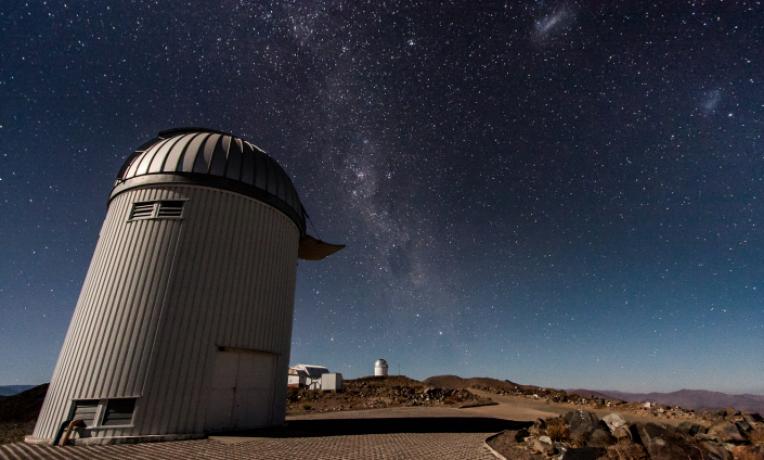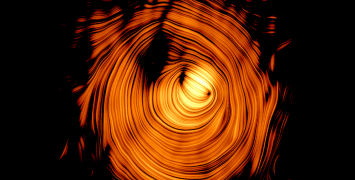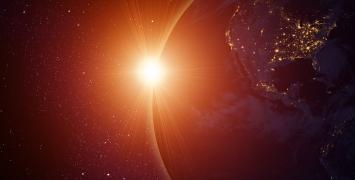Surveying the sky in search for new planets
As empirical experiments are almost impossible in astronomy, research in this field relies heavily on observation. Prof. Andrzej Udalski set new frontiers in observational astronomy, in particular in the search for extra-solar planets, using a cutting-edge gravitational microlensing technique which enables the study of celestial objects irrespective of the light they emit.

The OGLEIV ERC-funded project is the fourth part of a unique long-term sky survey (OGLE), which was launched in 1992 to conduct observations in the densest stellar regions of the sky.
Prof. Udalski’s team has launched a second generation planetary microlensing survey of the Galactic Centre using a new gigantic ‘CCD’ mosaic camera which allows observation of thousands of square degrees of the sky every night. The camera is among the largest imagers worldwide and the OGLEIV survey has regularly monitored over a billion objects, making it one of the largest sky variability surveys today.
Overall, the OGLEIV survey has collected over 300 000 wide-field images. This represents over 150 Terabytes of raw data used, for instance, to study distant stellar populations, to assess how often exoplanets orbit their hosts, to measure Galactic distances.
Many interesting planetary systems have been discovered during the survey. Prof. Udalski’s team was notably the first to detect an Earth mass and a Uranus-like planet in binary systems. Furthermore, data collected during the project helped the team to rule out the hypothesis that low-mass compact objects are the main component of the dark matter in the dark halo enveloping the Milky Way. Recent celestial objects classified by the team include an unprecedented set of over 38 000 “RR Lyrae”-type pulsating stars over 180 square degrees, which have been used for precise modelling of the Galactic bulge structure.
Finally, the team has spotted 10 new Jupiter-sized planets floating in interstellar space far from the light of any nearby parent star. Scientists always had a hunch that free-floating planets exist, but they remained undetected until the microlensing technique was employed. Such objects emit almost no energy and being lonely do not disturb other bodies. In 2011, the magazine Science listed the discovery of freefloating planets among its 10 scientific ‘breakthroughs of the year’.






